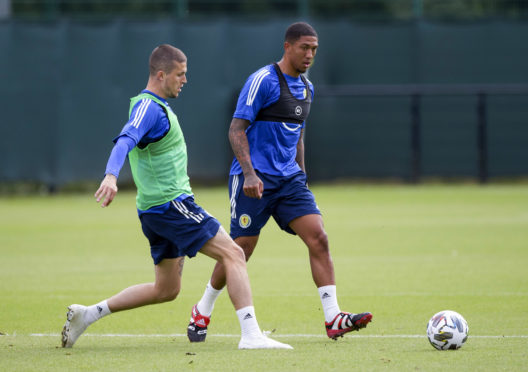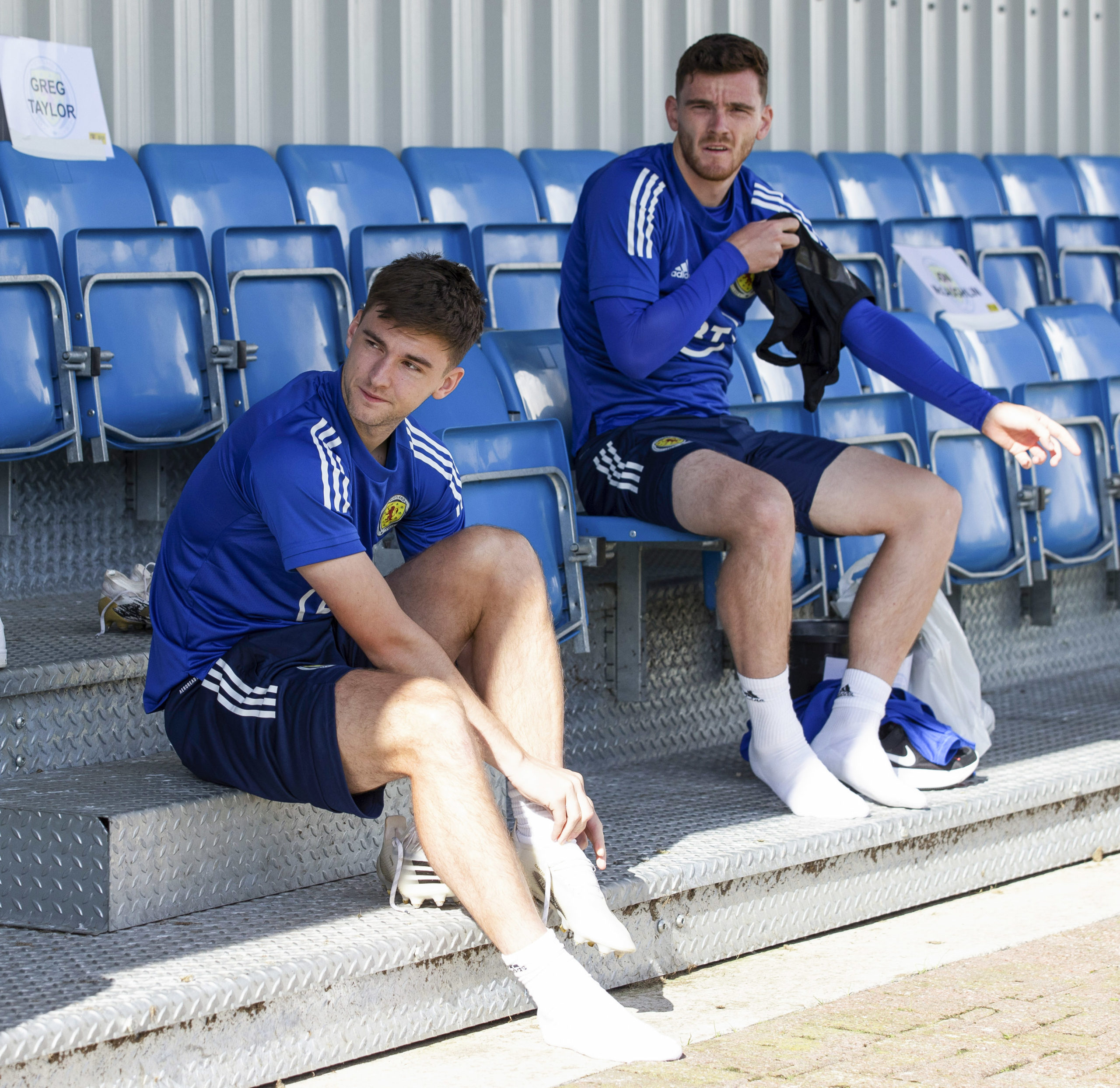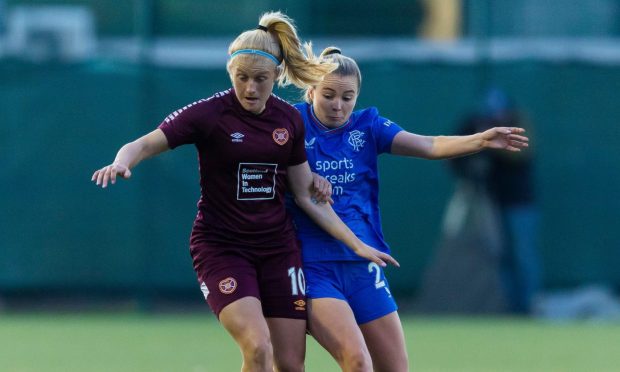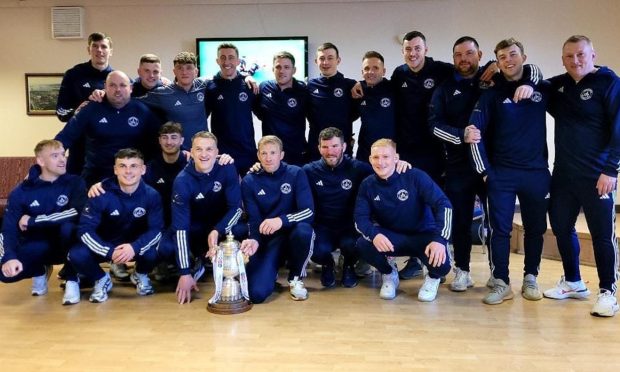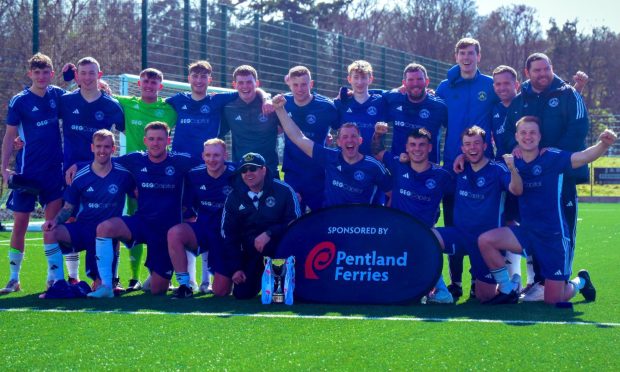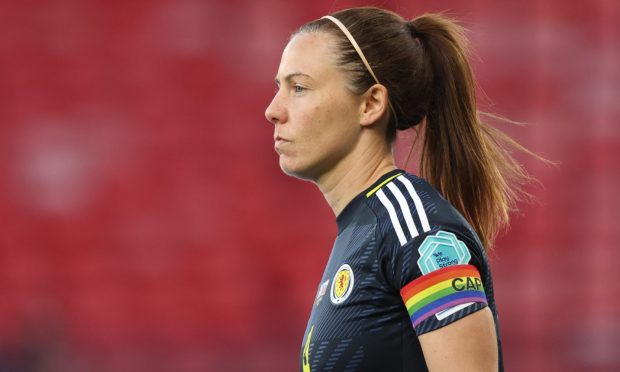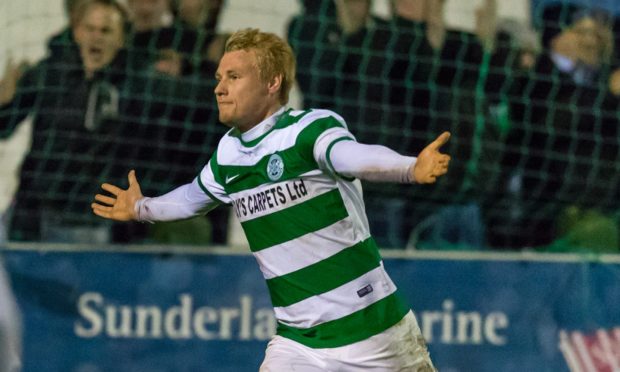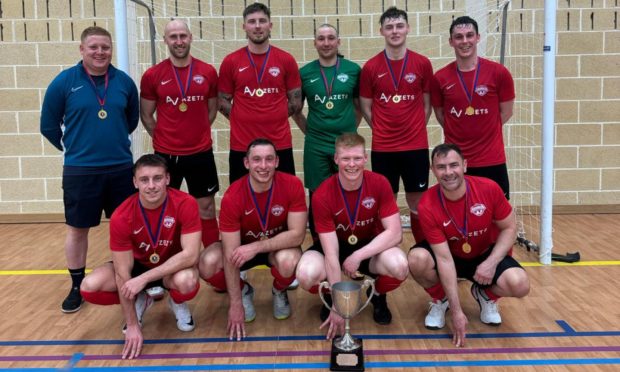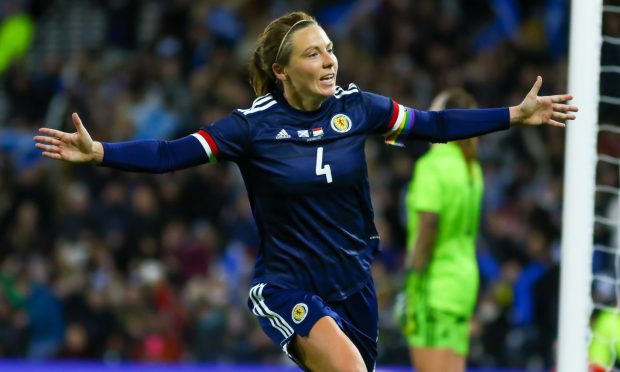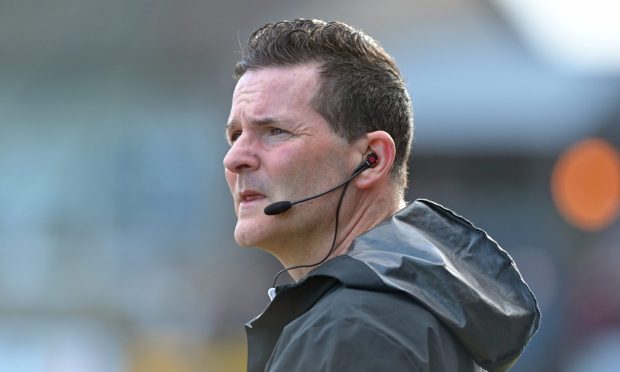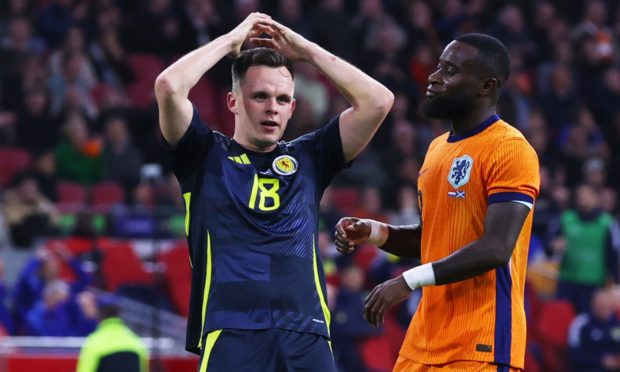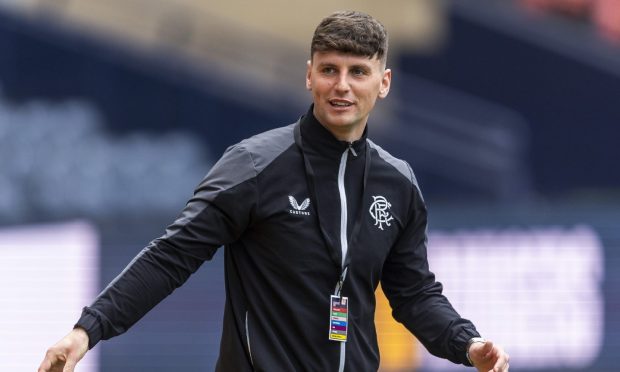Lyndon Dykes’ maiden call-up to the Scotland squad for the games against Israel and Czech Republic inevitably dominated Steve Clarke’s press conferences.
The Australian-born striker opted against the country of his birth for the land of his parents, choosing to represent Scotland after an impressive spell at Livingston that earned him a move to Queens Park Rangers.
Clarke spoke highly of Dykes’ physicality and hold-up play, reflecting on how he would suit the way they want to play given the attacking players they have coming in off the flanks.
That suggests a front three of some sort, with Dykes as the lone striker and two – likely James Forrest and Ryan Christie – flanking him. The question is then how the rest of the team shapes up.
The positioning of Kieran Tierney dictates a lot of it. Given two right-backs in Stephen O’Donnell and Liam Palmer have been selected, it would appear he will not be there. Greg Taylor has been selected as cover for Andy Robertson, meaning he likely will not be in his preferred left-back slot either.
The fact there are only three natural centre-backs – Scott McKenna, Liam Cooper and Declan Gallagher – suggests he will fit in somewhere in the centre. He has played at Arsenal as part of a central three, but not in a two, so deploying him there at international level without further cover would present a risk.
I have seen a potential back three of Gallagher-Cooper-Tierney mentioned, which would play two natural centre-backs alongside Tierney, and keep him on his natural side.
But it would ask more of Robertson in a wing-back role and require big shifts further up the back. Does Clarke drop a central midfielder – his strongest area – to maintain a front three? Or shoehorn Christie into the middle of the park and play Forrest up with Dykes?
Scotland finished 2019 with John McGinn playing as the most advanced of a midfield three, which helped his scoring spurt. Callum McGregor is a sure-fire pick in the middle while there’s also Ryan Jack, Kenny McLean, Scott McTominay, John Fleck and Stuart Armstrong to pick from.
You can argue for any of those four starting; Jack started alongside McGregor in November and did well, McLean is one of the best utilisers of the ball in the squad, McTominay has become a increasing presence at Manchester United, Fleck was a star of Sheffield United’s season and Armstrong flourished in Southampton’s late surge under Ralph Hasenhuttl.
Clarke spoke of retaining the core of the squad from last year. He was also at pains to point out Oli McBurnie had a fine season for Sheffield Utd, but both he and Lawrence Shankland have subsequently withdrawn.
It makes me lean towards a similar line-up to the Kazakhstan/San Marino games, with Tierney and Dykes coming in. Given Scotland have not played for a year and practice before the Nations League game with Israel in October is going to be minimal, familiarity is going to be Clarke’s friend here.
